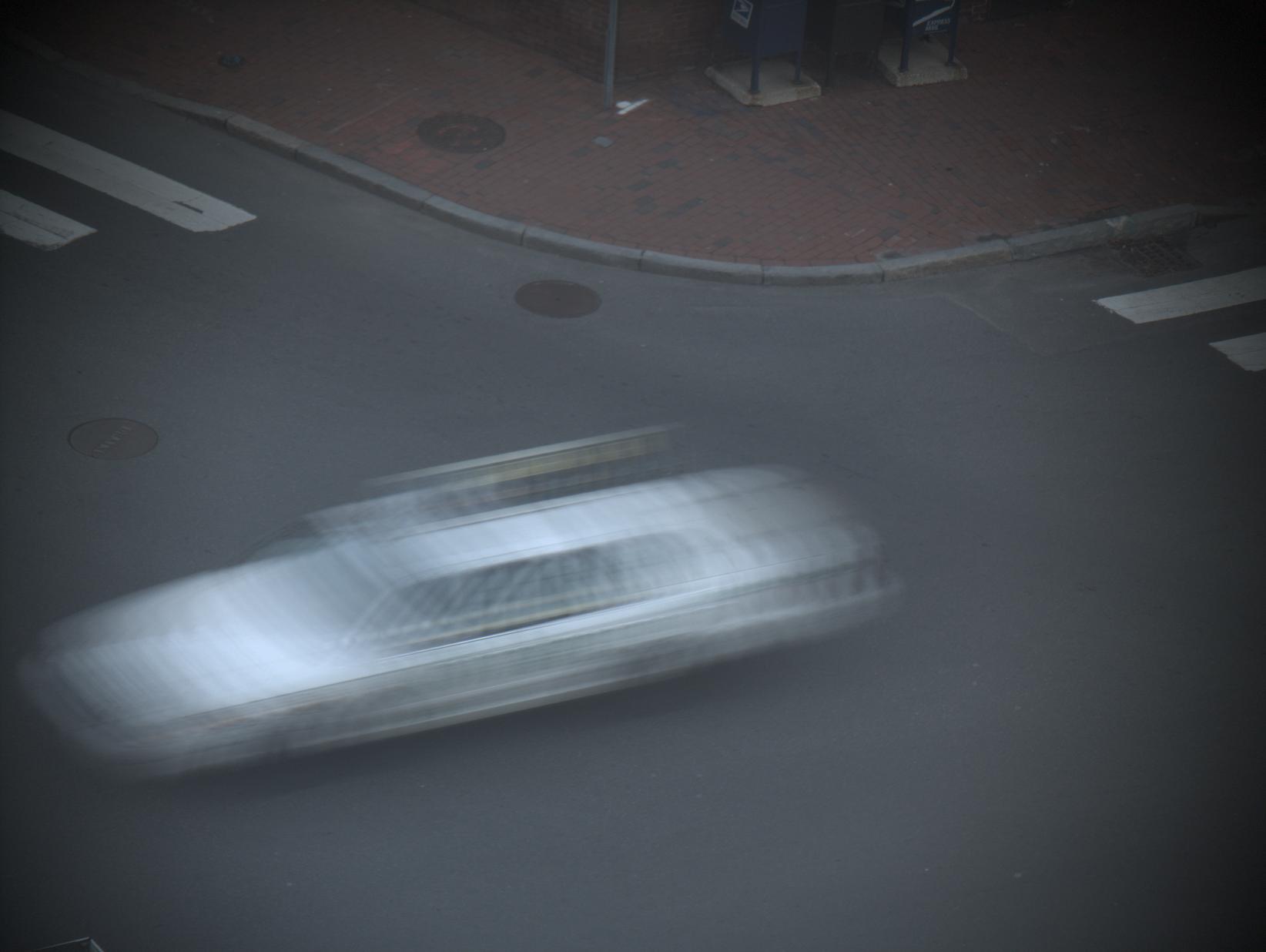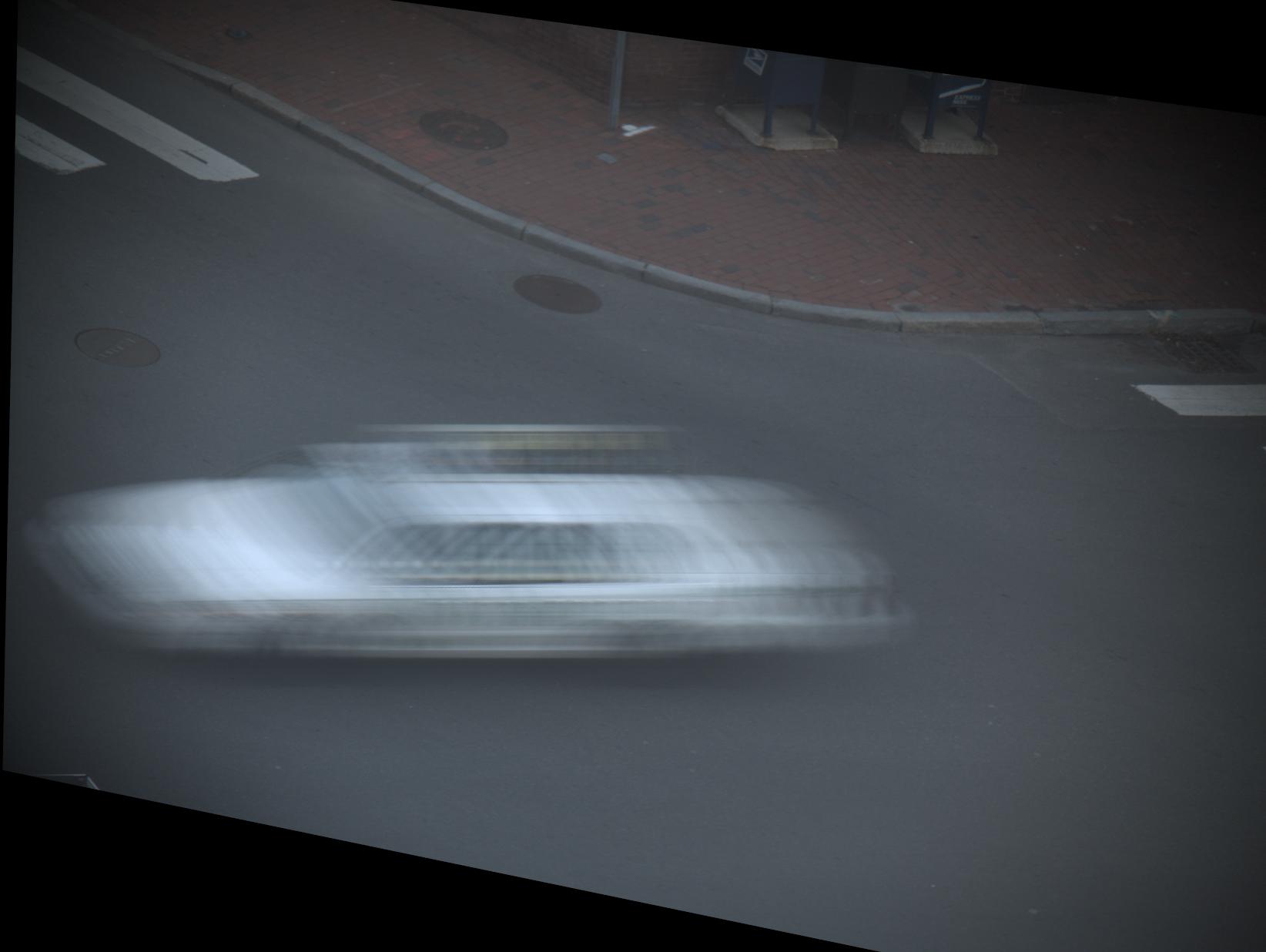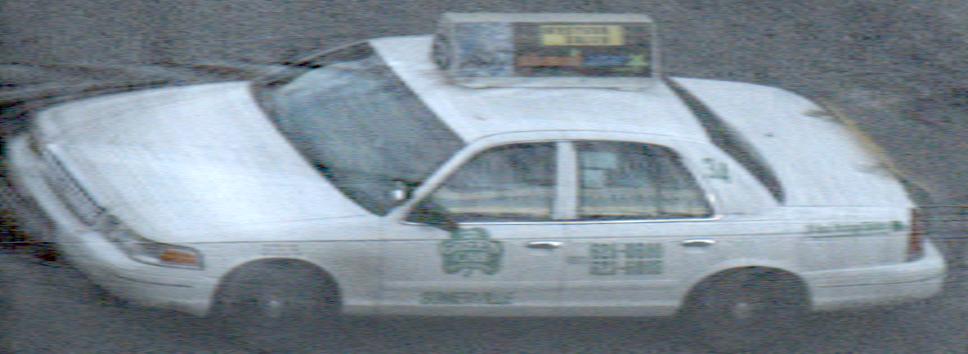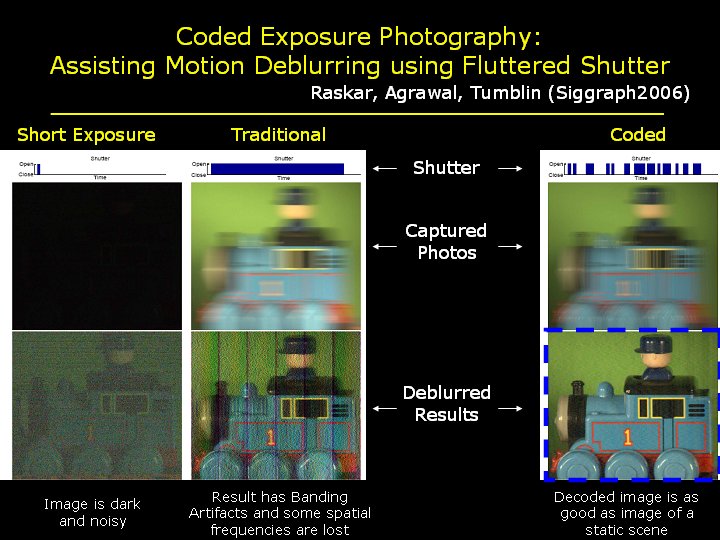Ramesh Raskar, Amit Agrawal, and Jack Tumblin
ACM SIGGRAPH 2006
Low res pdf, Matlab Code and Images, High res pdf
Slides
(As presented with No text on any slide),(With text on slides),
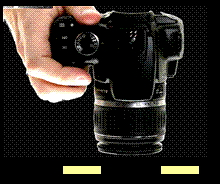
Abstract:
In a conventional single-exposure photograph, moving objects or moving cameras cause motion blur. The exposure time defines a temporal box filter that smears the moving object across the image by convolution. This box filter destroys important high-frequency spatial details so that deblurring via deconvolution becomes an ill-posed problem.
Rather than leaving the shutter open for the entire exposure duration, we “flutter” the camera’s shutter open and closed during the chosen exposure time with a binary pseudo-random sequence. The flutter changes the box filter to a broad-band filter that preserves high-frequency spatial details in the blurred image and the corresponding deconvolution becomes a well-posed problem. We demonstrate that manually-specified point spread functions are sufficient for several challenging cases of motion-blur removal including extremely large motions, textured backgrounds and partial occluders.
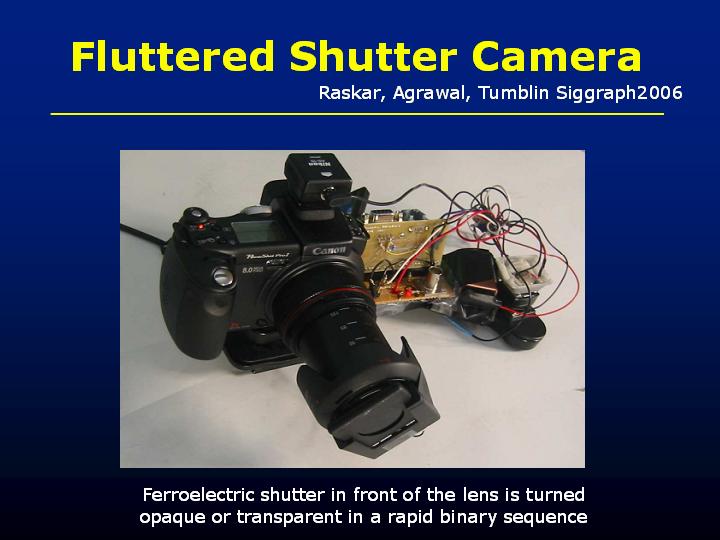 |
Our portable prototype camera
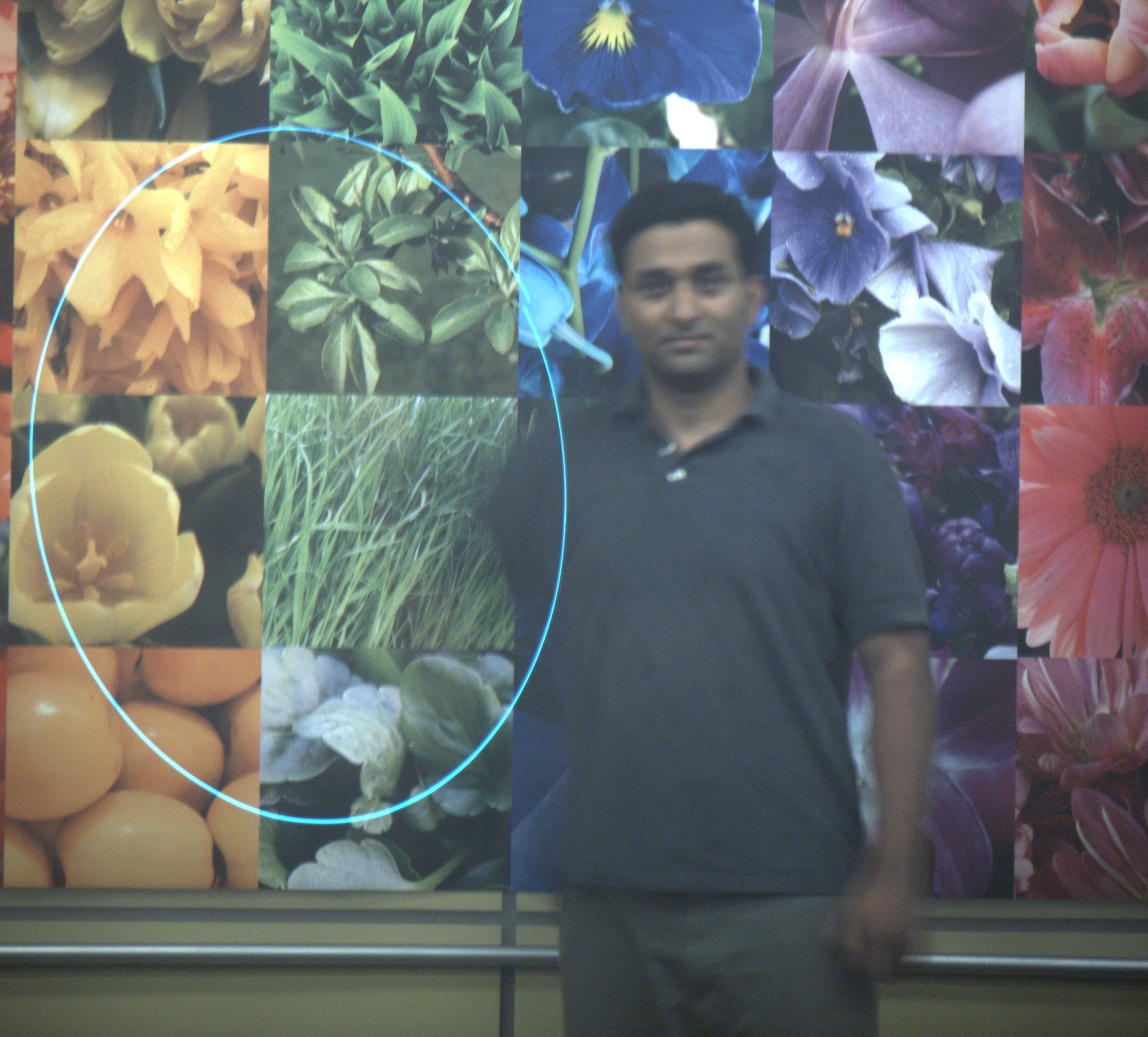
Picture taken with a traditional camera
|
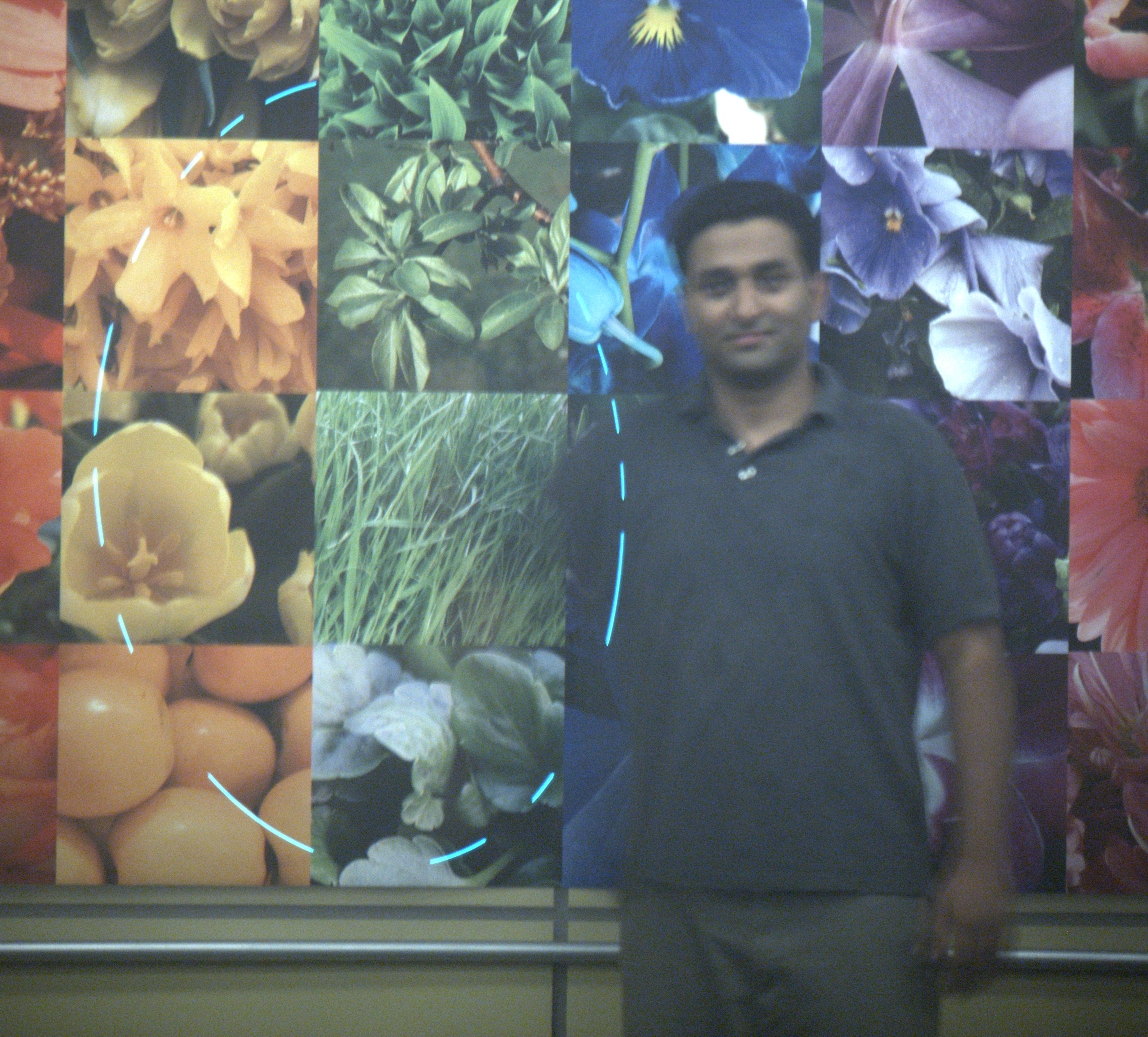
Picture taken with our camera
|
Additional Results Outdoor Taxi Comparisons with Short Exposure and Traditional Camera License Plate Retrieval from Blurred Image Related Papers: Resolving Objects at Higher Resolution from a Single Motion-Blurred Image, CVPR 2007 Dappled Photography: Mask Enahnced Cameras for Heterodyned Light Fields and Coded Aperture Refocusing, SIGGRAPH 2007



